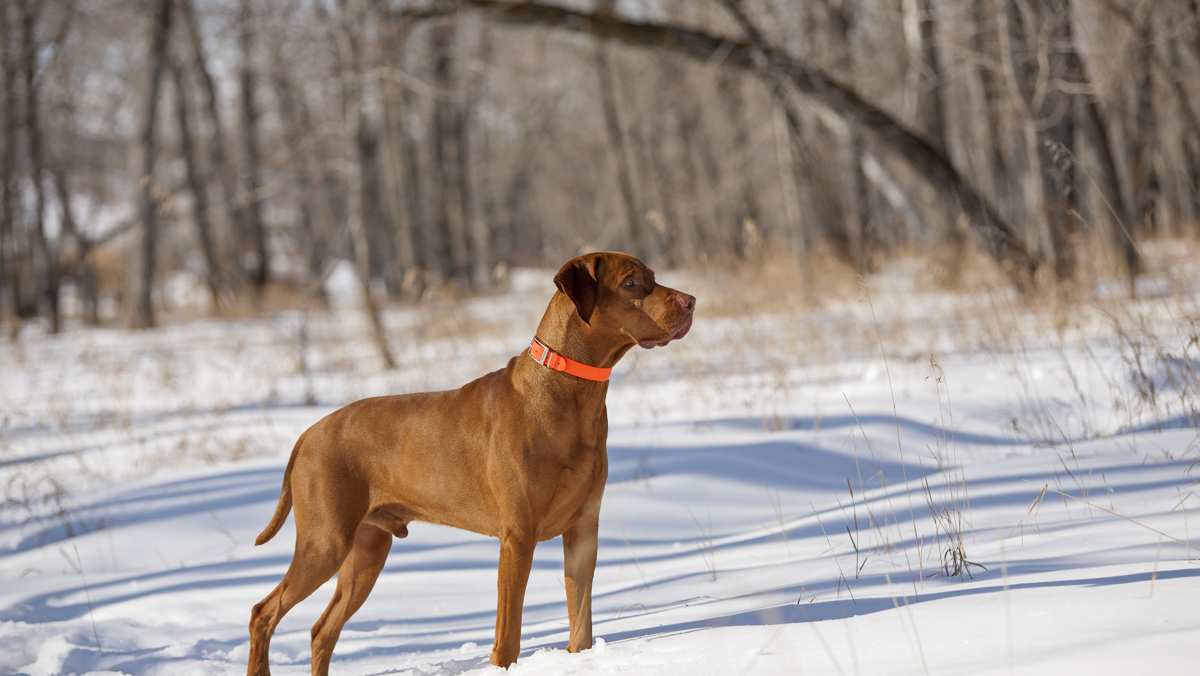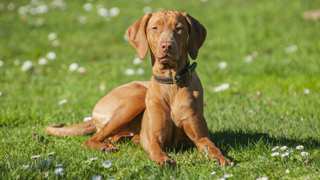Vizsla Breed Details
If you are looking for a great hunting dog and wondering "Should I get a Vizsla?", this page is for you. Although this breed is the smallest of the Pointers, it is also one of the best. Having a rich history that stretches back nearly a millennium, they know what to do and basically are awaiting your command. Perhaps one of the most intriguing Vizsla facts is that this may well have been the first-ever dual-purpose dog breed: they were meant to hunt as well as to live in the home. Although they are extremely friendly, they are also best for families who have a natural human alpha and has experience with this special breed.
Below is a list of Hungarian Vizsla facts including advantages as well as a few problems.
PROS
- Extremely loving
- Loves agility play
- Excellent gun dog
- Superb hunting dog
- Beautiful show dog
- Makes friends everywhere
- Works well with other dogs
- Does very well in obedience
- Will always be at your side
- Top-notch scenting capabilities
- Highly skilled competition breed
- Tend to have very low "doggy odor"
- Is said to be a relatively healthy breed
CONS
- Can bark a lot
- Easily distracted
- Not hypoallergenic
- Can be shy if not socialized
- May not be a good watchdog or guard dog (unlikely to attack)
- Quickly develops separation anxiety (leads to behavior problems)
- Must be accompanied to prompt exercise
- Will chase and kill smaller animals and birds
- Blowouts happen twice annually and are messy
- Not good in homes with very young or small children




